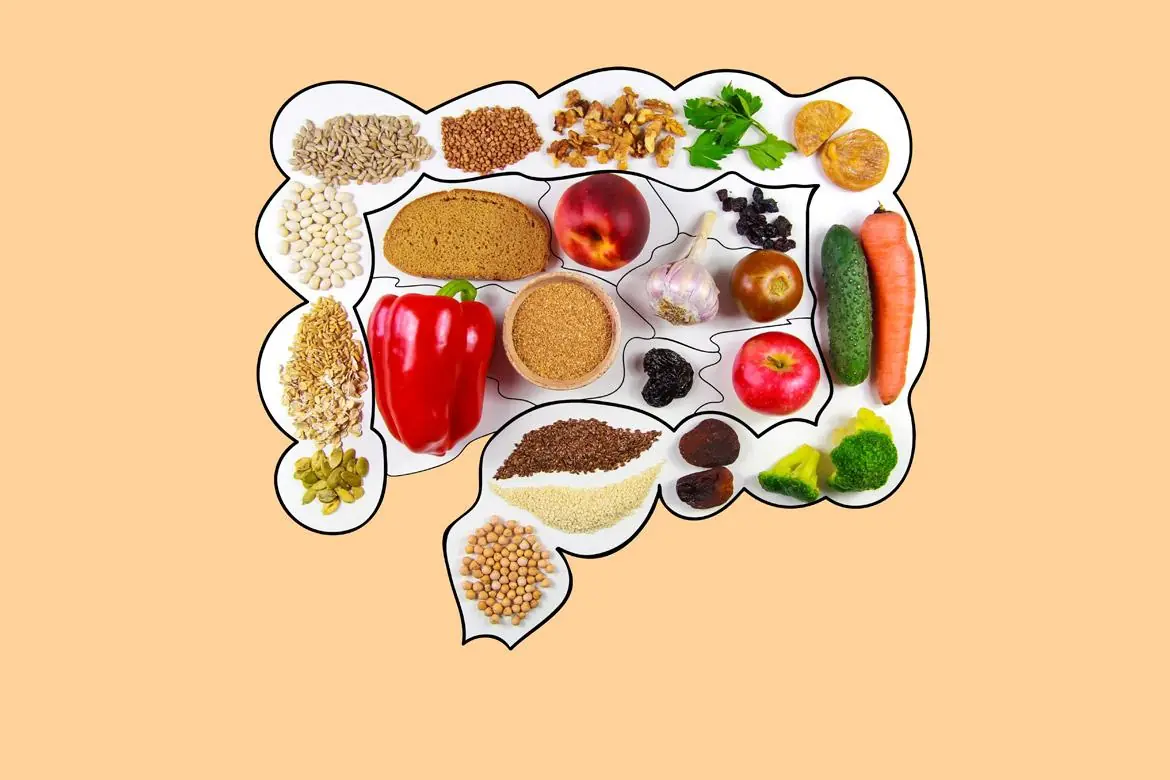
How Smoking Weed Affects Your Body During a Workout
As cannabis becomes increasingly legal and socially accepted in many parts of the world, more people are exploring how it interacts with different aspects of daily life — including exercise. Some fitness enthusiasts claim that smoking weed before a workout helps them focus, reduce pain, and even enjoy their routine more. But what does science really say about how cannabis affects your body during physical activity?
The effects of cannabis on the body are complex and depend heavily on factors like dosage, method of consumption, strain, and individual tolerance. When it comes to exercise, smoking weed can have both potential benefits and drawbacks.
1. Pain Relief and Muscle Relaxation
One of the most commonly cited reasons people use cannabis before or after workouts is its pain-relieving effects. THC, the psychoactive compound in marijuana, interacts with the body’s endocannabinoid system, which helps regulate pain. For some users, this can mean reduced soreness, less sensitivity to discomfort, and fewer muscle cramps. CBD, another compound found in cannabis, may also help with inflammation and recovery.
However, relying on cannabis for pain management during exercise can mask important signals from your body. Pain and discomfort are ways your body communicates limits — ignoring them could lead to injury or overtraining.
2. Motivation and Focus
Some users report that cannabis helps them enter a "flow state" during workouts, particularly for repetitive activities like running or cycling. Strains that are more stimulating (often sativa-dominant) may provide a temporary mood boost, increase focus, and reduce performance anxiety.
On the flip side, other users experience decreased motivation, drowsiness, or mental fog, especially when using indica strains or consuming high doses of THC. This could negatively impact reaction time, coordination, and decision-making, which are essential for high-intensity or technical workouts like weightlifting or team sports.
3. Cardiovascular and Respiratory Effects
Smoking weed — like smoking anything — can irritate the lungs and reduce respiratory function. During a workout, your body needs more oxygen, and lung efficiency is crucial. Smoking before a workout may lead to shortness of breath, coughing, or reduced stamina. Even though some users report no issues, research shows that regular cannabis smokers may have decreased lung capacity over time.
For those who want to avoid lung issues, edibles or tinctures offer an alternative method of consumption, though their delayed onset can make timing more difficult to manage.
4. Heart Rate and Blood Pressure
Cannabis can cause a temporary increase in heart rate and changes in blood pressure, which may not be ideal during exercise. While the effect is generally mild for healthy individuals, those with heart conditions or high blood pressure should be cautious. A heightened heart rate combined with physical exertion could lead to dizziness, lightheadedness, or in rare cases, cardiac complications.
5. Recovery and Sleep
Some athletes use cannabis after workouts to aid in recovery and sleep, which are crucial for muscle repair and performance improvement. Both THC and CBD can promote relaxation and deeper sleep, helping the body recover more efficiently. However, long-term dependence on cannabis for sleep can interfere with natural sleep cycles.
Conclusion
The relationship between cannabis and exercise is not one-size-fits-all. While some users may find that smoking weed enhances their workout by reducing pain and boosting focus, others may experience negative effects like decreased stamina, poor coordination, or respiratory issues. It ultimately comes down to personal experience, dosage, and health status.
If you choose to combine cannabis and exercise, it's important to start with a low dose, know your body, and listen to how it responds. Always consult a healthcare professional if you have underlying conditions. Used mindfully, cannabis may have a place in a fitness routine — but it should never replace discipline, proper training, and a healthy lifestyle.
News in the same category


The #1 Anti-Cancer Food You're Not Eating (But Should!)

Discover the Untapped Potential of Chili Pepper Leaves: Nutritional Powerhouse for Your Health and Kitchen

Plantar Warts and Skin Tags Disappear Overnight with this recipe

Whiten Your Teeth and Instantly Freshen Your Breath with the Natural Power of Ginger and Baking Soda

I died for six minutes and saw what happens after death… this is what I experienced

People left mind-blown after just realizing what Durex stands for and it's not what you'd expect

Warning signs of a heart attack?

Thailand: Covid-19 re-emerges with more than 53,000 infections, 16 deaths

12 signs that may signal a brain aneurysm — Don’t ignore them

Paramedic, 23, Left Paralyzed After Neck Crack Ruptures Major Artery

Common household chemical could be linked to more than 350,000 deaths in terrifying new study

A Natural Healing Source: 13 Impressive Benefits of Chayote Juice

Turn White Hair Dark Naturally: How Coffee Can Transform Your Hair at Home

8 Warning Signs of Kidney Failure You Should Never Ignore — Could Lead to Lifelong Dialysis

Vitamin K Precursor Shows Promise in Destroying Prostate Cancer Cells, New Research Finds

Simulation reveals harsh effects of Ozempic on the body

12 Best Natural Foods for Colon Cleansing and Detoxification

China makes bombshell claim about how Covid really originated after CIA said it was from lab leak
News Post

People left terrified after spotting creepy hidden face in group photo

4 types of people who should avoid eating cabbage

GRANDPA ASKED FOR ONE LAST FISHING TRIP—SO WE DROVE HIM OUT BEFORE THE HOSPITAL COULD CALL

The #1 Anti-Cancer Food You're Not Eating (But Should!)

Discover the Untapped Potential of Chili Pepper Leaves: Nutritional Powerhouse for Your Health and Kitchen

Plantar Warts and Skin Tags Disappear Overnight with this recipe

Whiten Your Teeth and Instantly Freshen Your Breath with the Natural Power of Ginger and Baking Soda

I died for six minutes and saw what happens after death… this is what I experienced

People left mind-blown after just realizing what Durex stands for and it's not what you'd expect

I Paid a Fortune Teller’s Bus Fare – The Note She Slipped Me Uncovered a Terrible Secret

Warning signs of a heart attack?

My Husband Sent Me to Deliver Dinner to His Sick Mom – Then My Lawyer Called Urgently, Yelling ‘Turn Back Immediately!’

MY DAUGHTER HAD HER FIRST CHILD—AND TOLD THE NURSES NOT TO LET ME IN

One of my boys got sick, so I took them both in for tests

Thailand: Covid-19 re-emerges with more than 53,000 infections, 16 deaths

I stopped by McDonald’s for a quick meal and overheard a mom talking to her little girl

12 signs that may signal a brain aneurysm — Don’t ignore them

SHE KEPT SAYING “HE’S COMING BACK”—SO I STAYED
